Consolidating all the different approaches here.
- Select update
- Update with a common table expression
- Merge
Sample table structure is below and will update from Product_BAK to Product table.
Table Product
CREATE TABLE [dbo].[Product](
[Id] [int] IDENTITY(1, 1) NOT NULL,
[Name] [nvarchar](100) NOT NULL,
[Description] [nvarchar](100) NULL
) ON [PRIMARY]
Table Product_BAK
CREATE TABLE [dbo].[Product_BAK](
[Id] [int] IDENTITY(1, 1) NOT NULL,
[Name] [nvarchar](100) NOT NULL,
[Description] [nvarchar](100) NULL
) ON [PRIMARY]
1. Select update
update P1
set Name = P2.Name
from Product P1
inner join Product_Bak P2 on p1.id = P2.id
where p1.id = 2
2. Update with a common table expression
; With CTE as
(
select id, name from Product_Bak where id = 2
)
update P
set Name = P2.name
from product P inner join CTE P2 on P.id = P2.id
where P2.id = 2
3. Merge
Merge into product P1
using Product_Bak P2 on P1.id = P2.id
when matched then
update set p1.[description] = p2.[description], p1.name = P2.Name;
In this Merge statement, we can do insert if not finding a matching record in the target, but exist in the source and please find syntax:
Merge into product P1
using Product_Bak P2 on P1.id = P2.id;
when matched then
update set p1.[description] = p2.[description], p1.name = P2.Name;
WHEN NOT MATCHED THEN
insert (name, description)
values(p2.name, P2.description);




